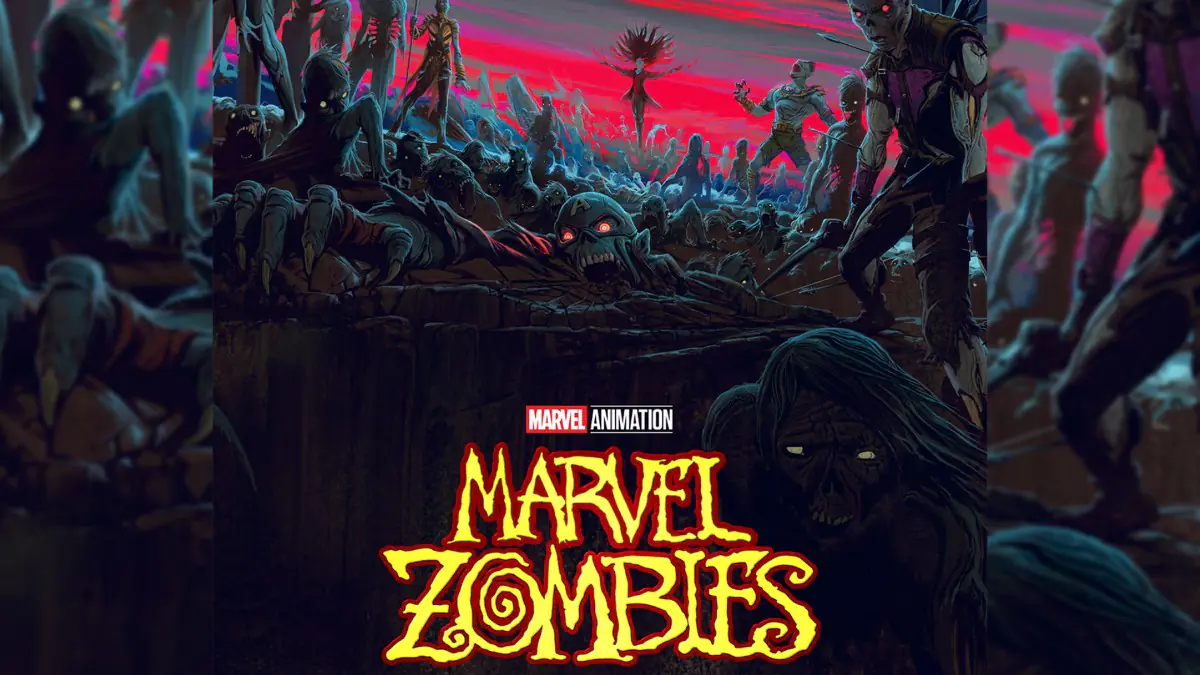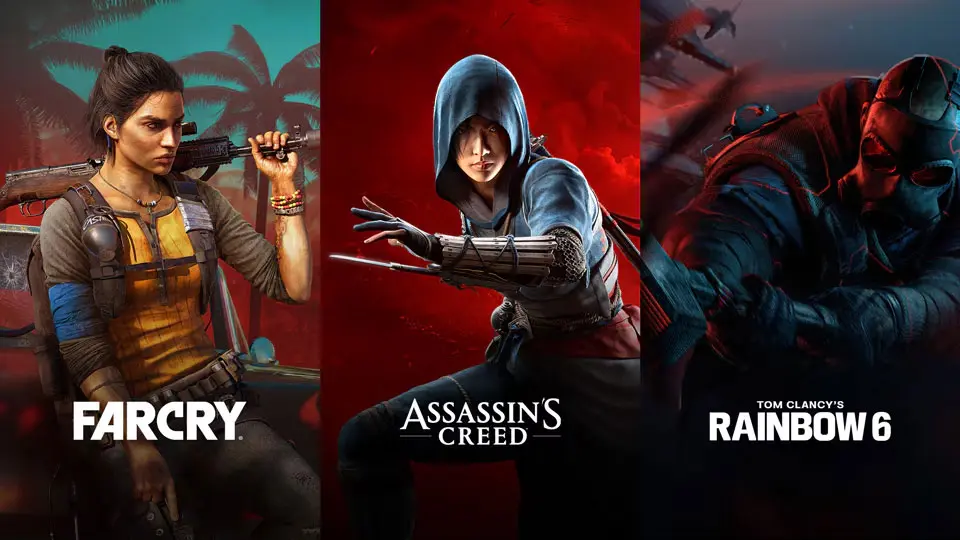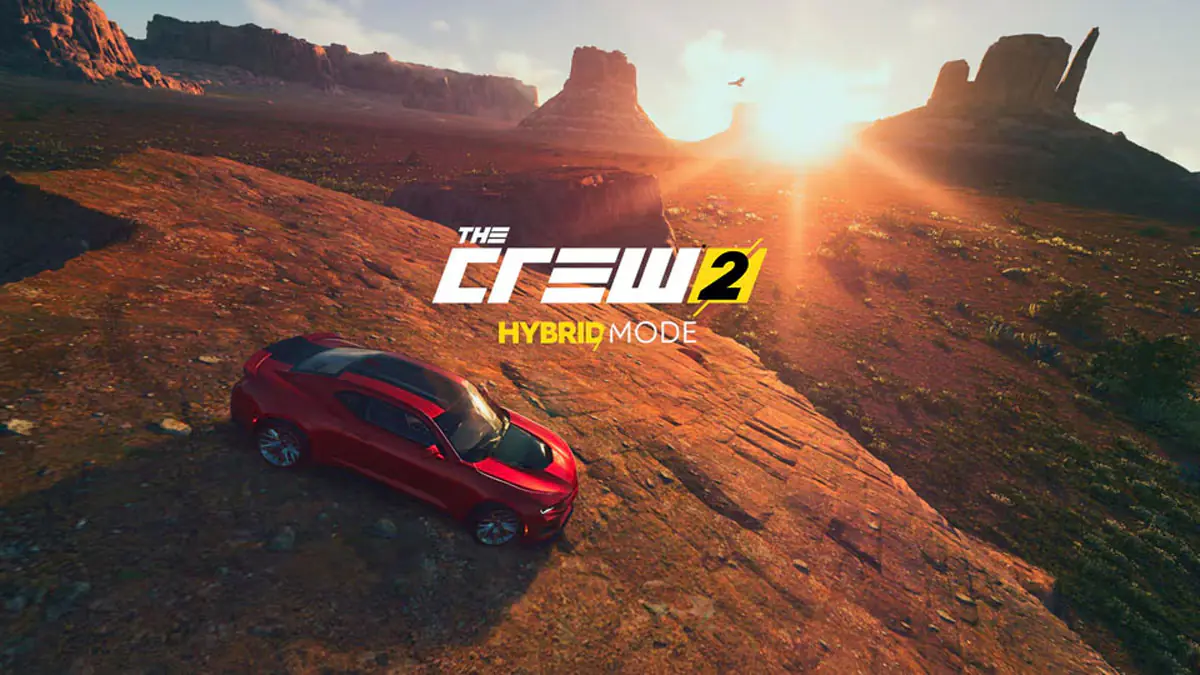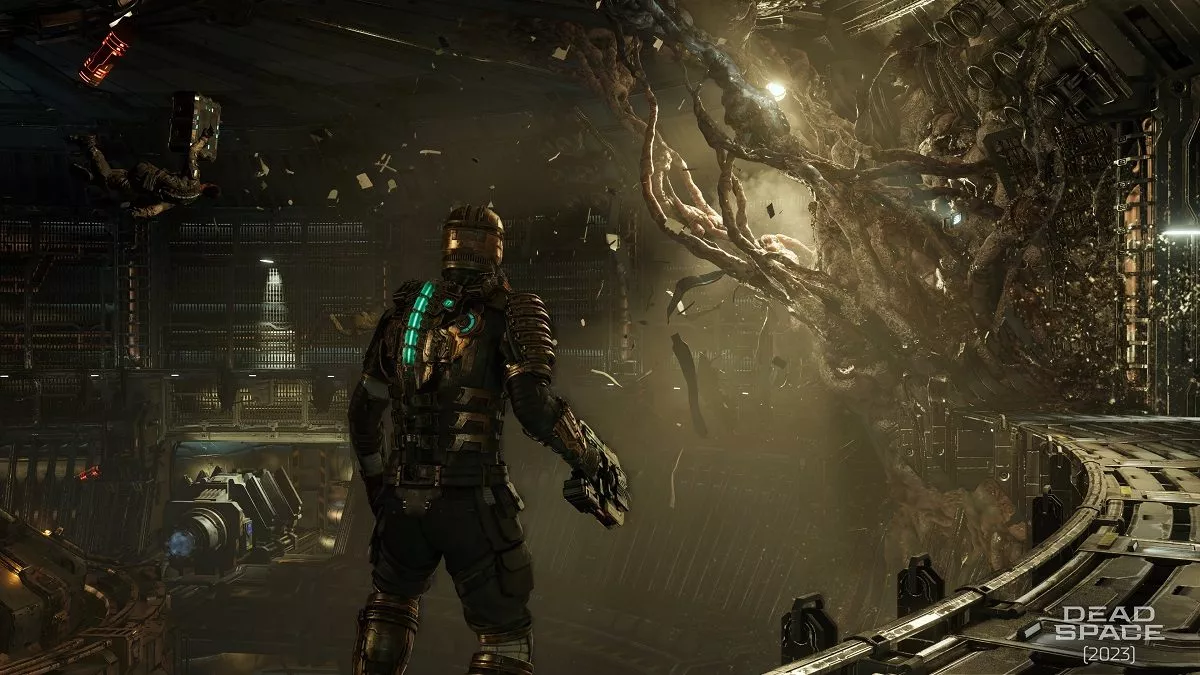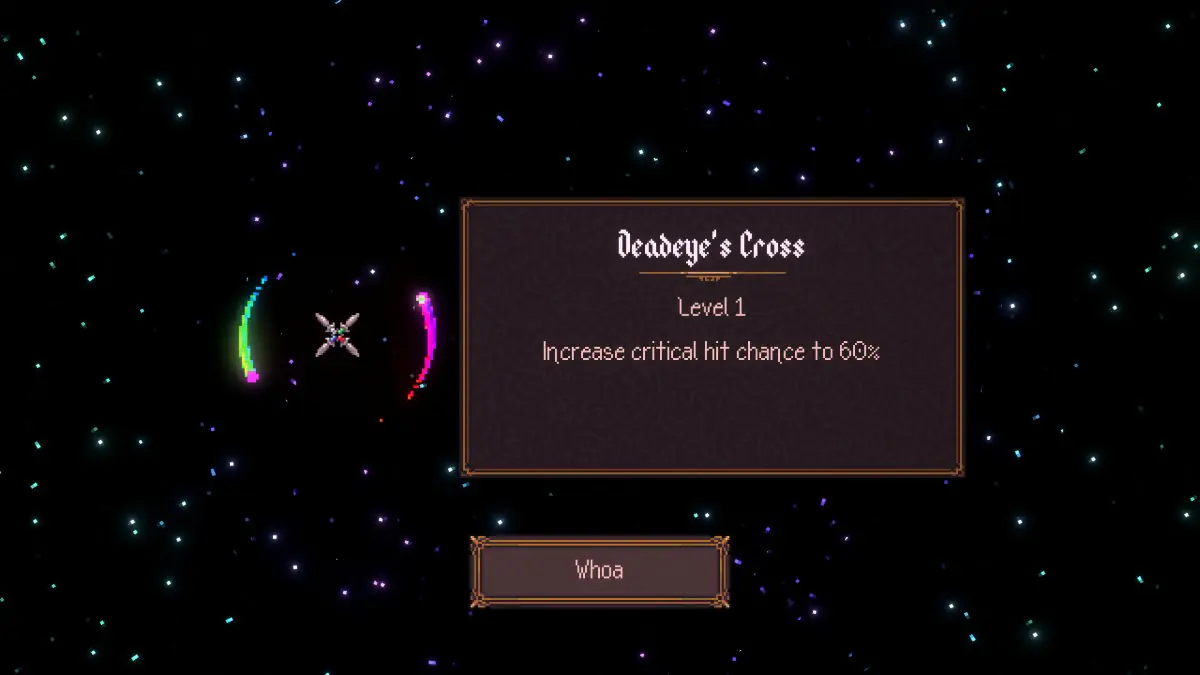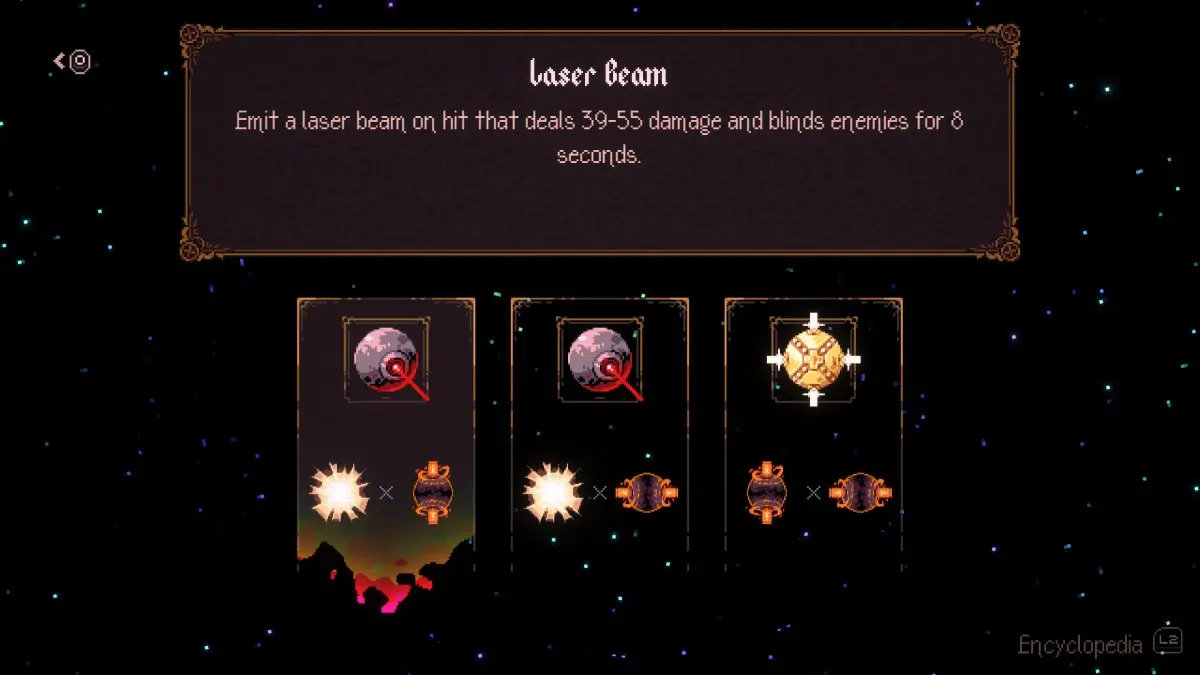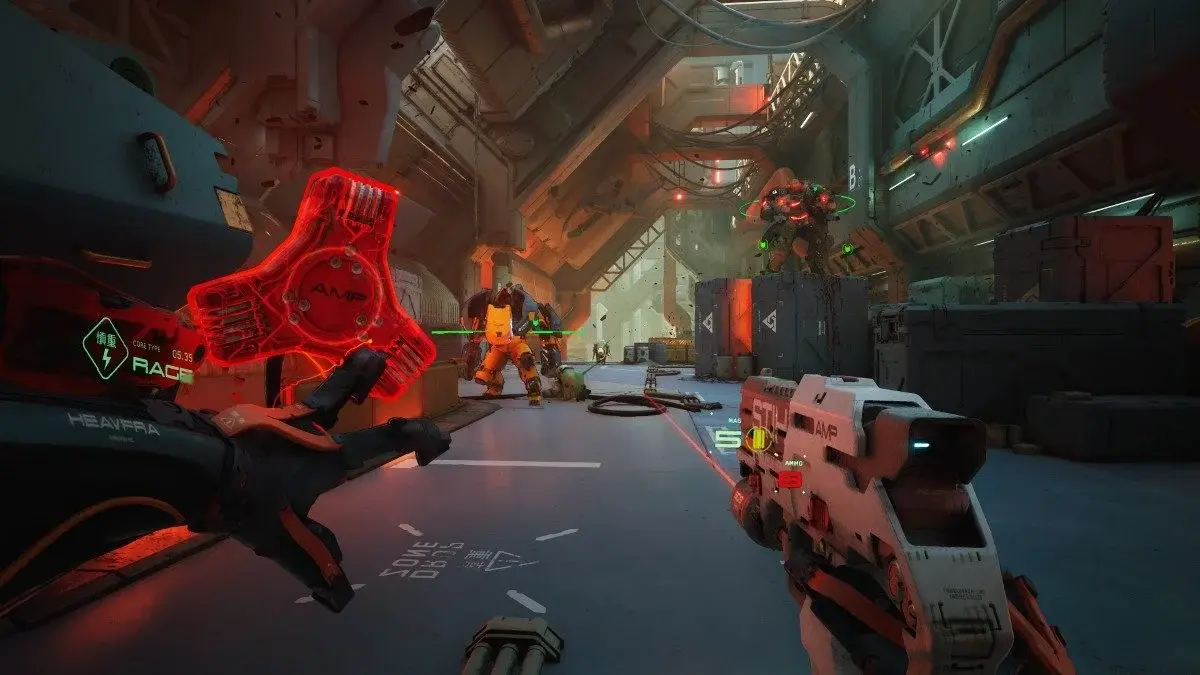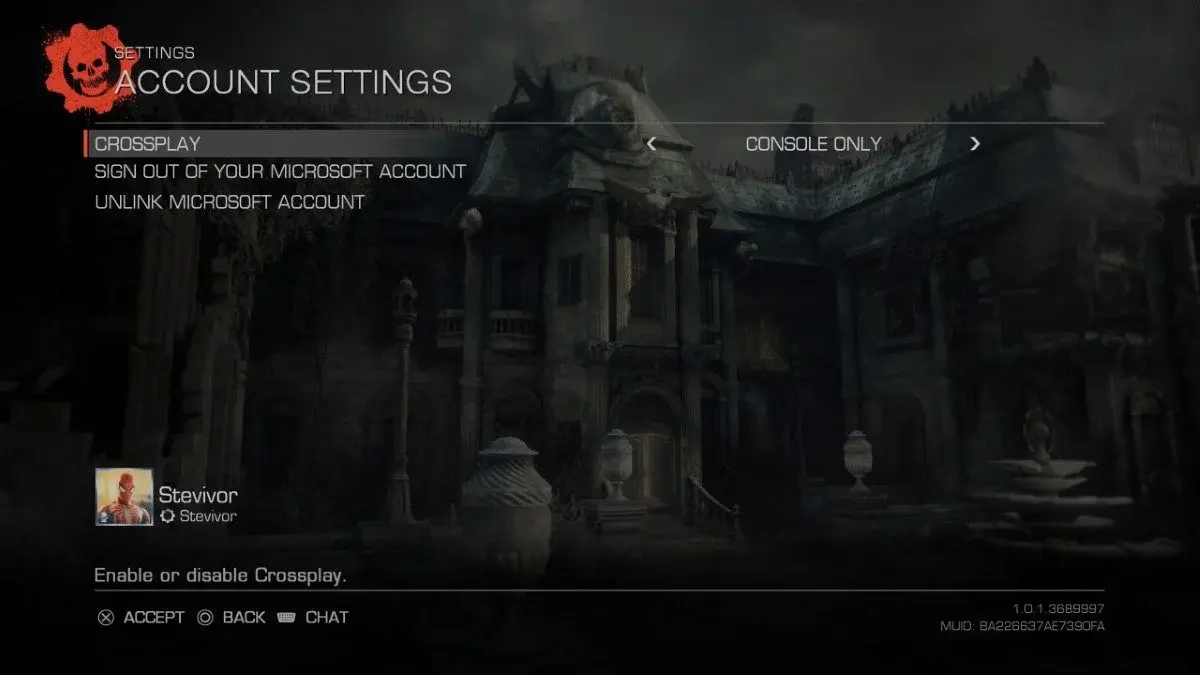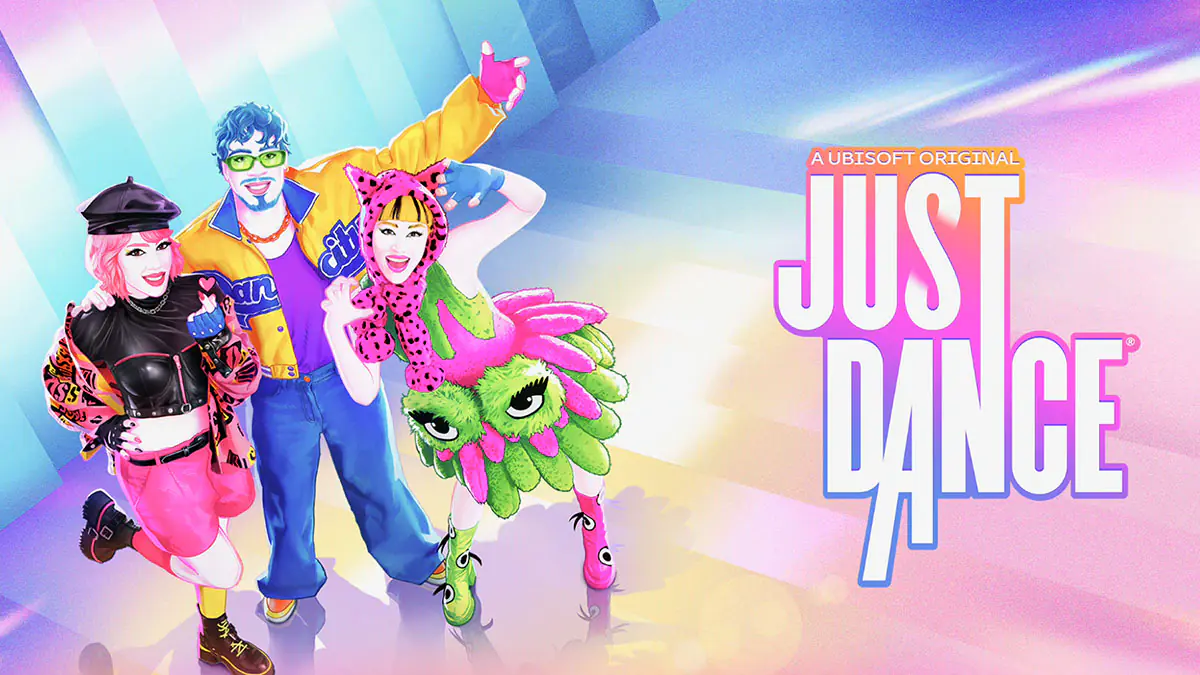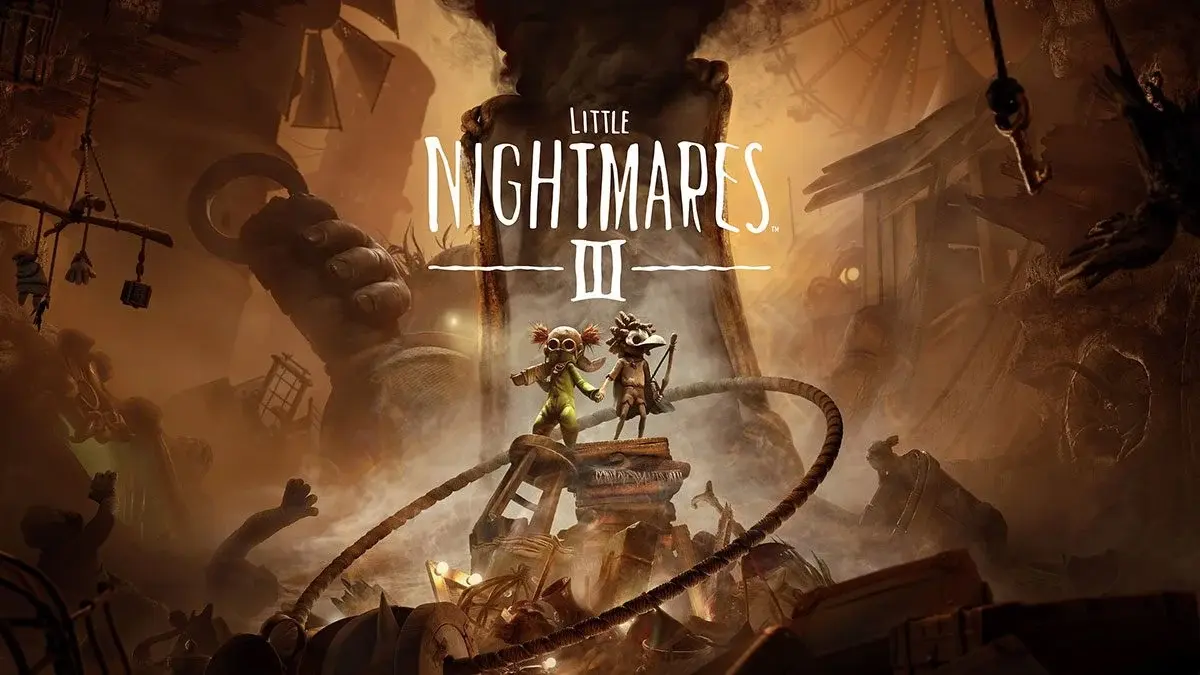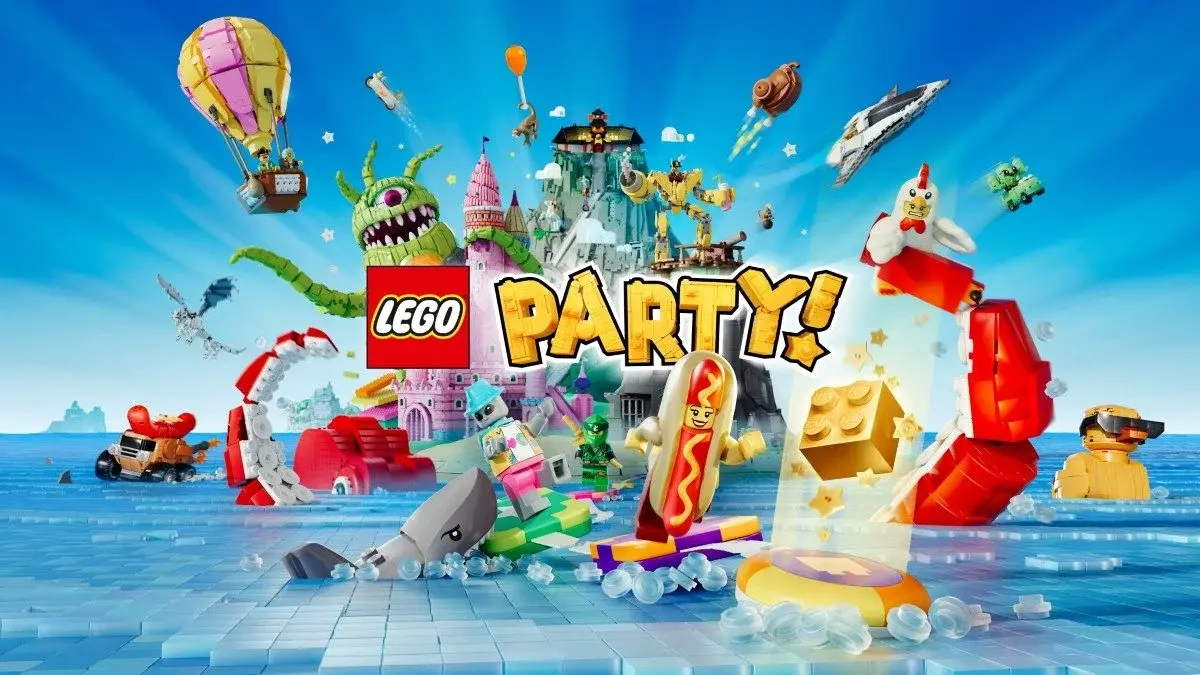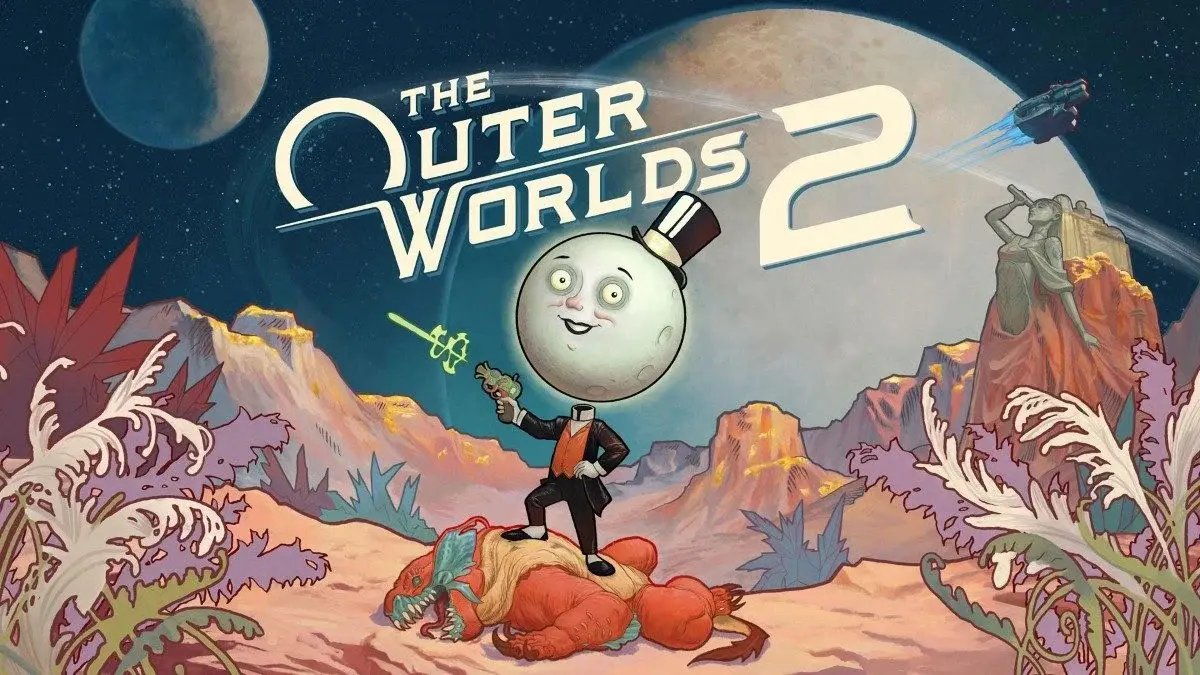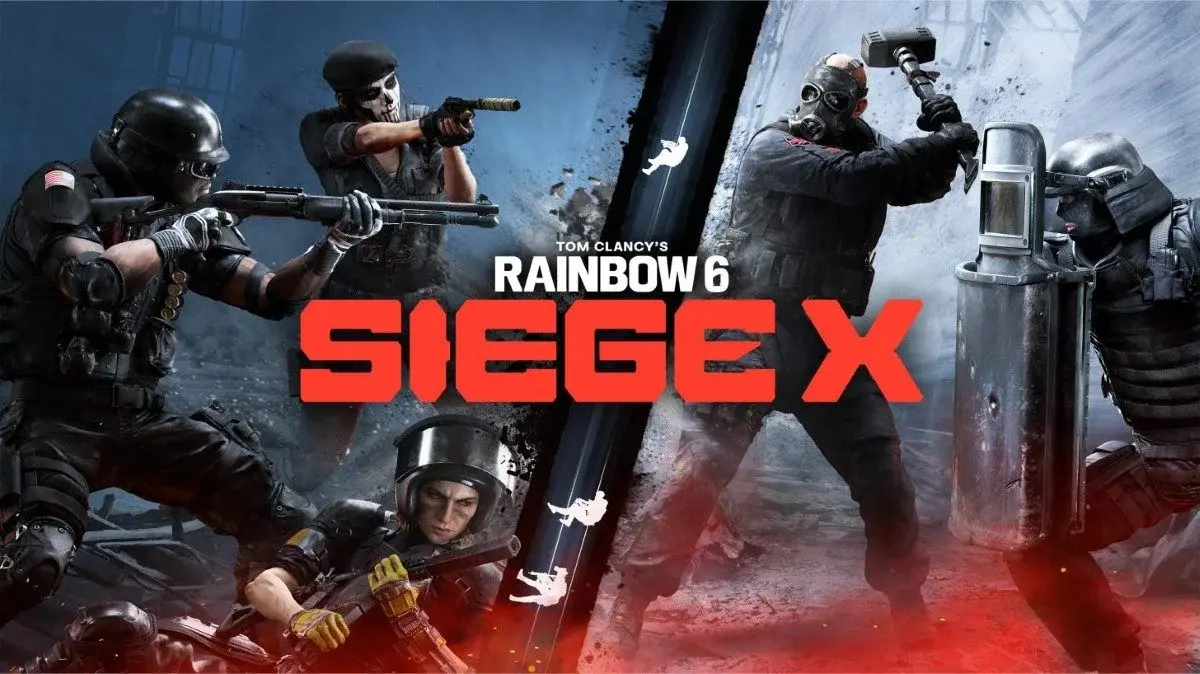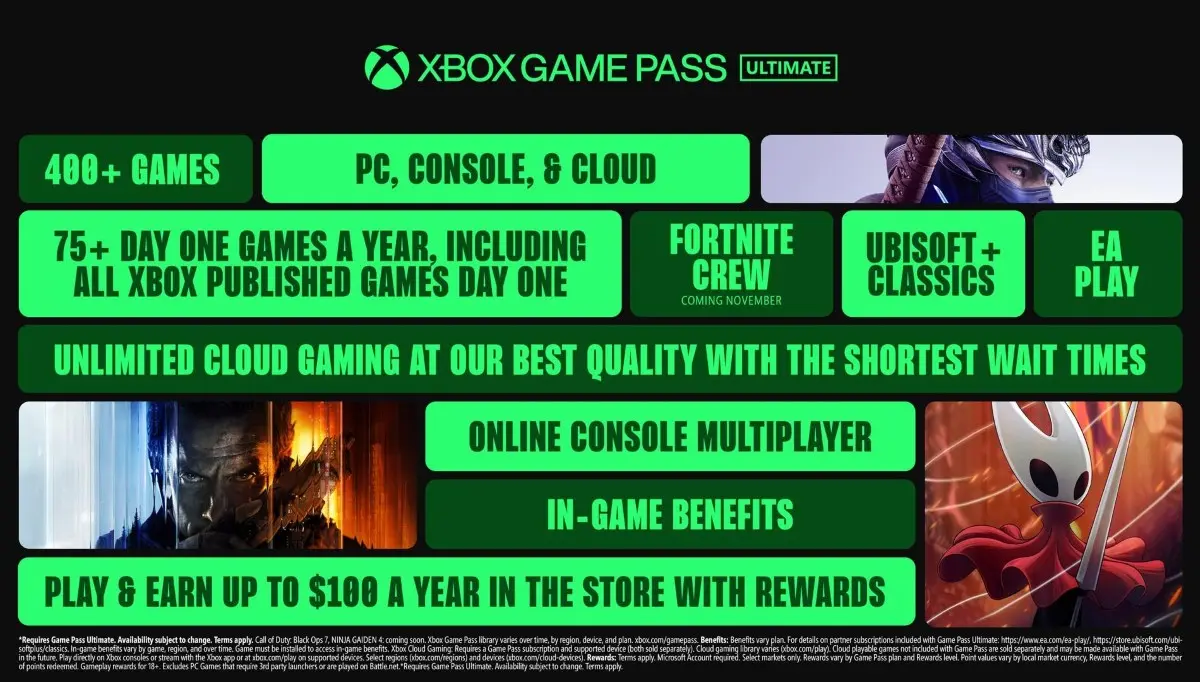But does it have enough to take the crown from Mario Party?
We’ve had a number of Mario Kart clones over the past few years, and even a Smash Bros clone here or there, but Mario Party clones have been few and far between, until now. Meet LEGO Party, a bundle of mini-games looking to compete, if not best, Nintendo’s juggernaut.
With oodles of charm, hilarious jokes, and enough minifigures to make heads of any age turn, LEGO Party excels in some areas, and falters in others.
Built for four-player action across a majority of its modes, most will spend their time in Challenge Zones, game boards of various sizes that challenge contestants to earn studs, buy Golden Bricks, and come out on top. Mini-games will take place between each round, and when players land on special, 2v2 challenge spaces.
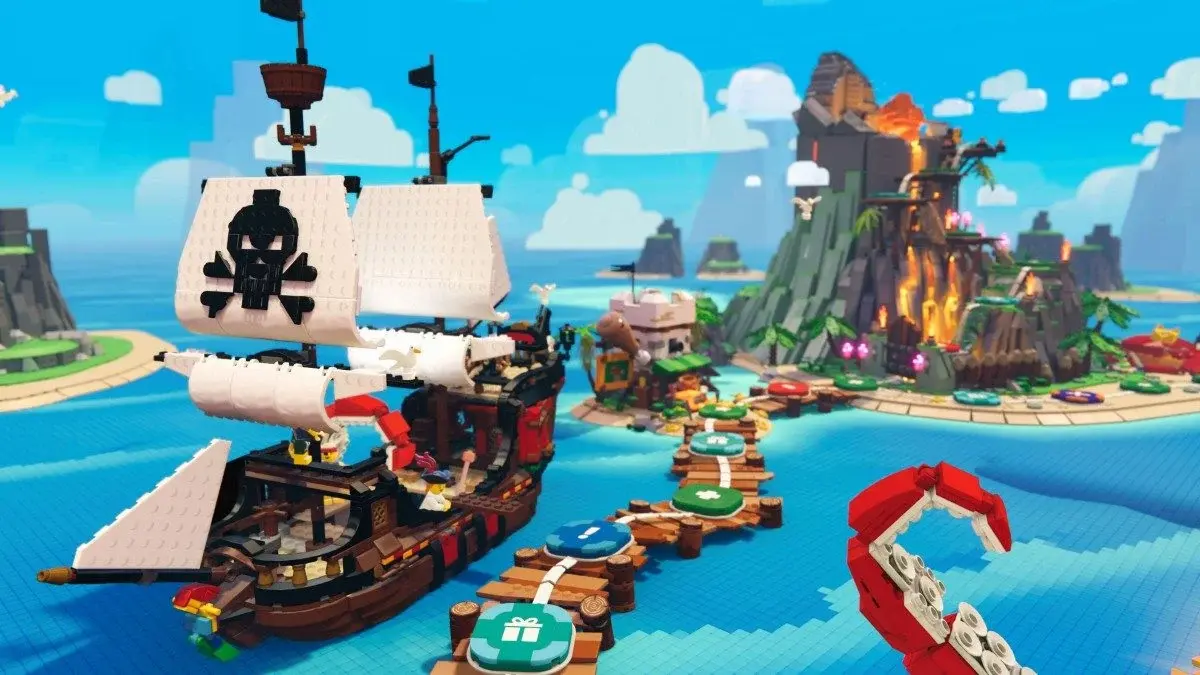
There are only four boards total, with completion of each ranging from around 30-60 minutes, depending on the number of rounds you elect to play, and the speed at which players are willing to move. True to LEGO style, most boards can be expanded through special tiles that will add one of two possible zones. In the final Challenge Zone, these areas are plentiful; we managed to construct a haunted house and a towering, penguin-filled mountain.
LEGO Party has 60 mini-games, some of which are an utter blast to play (a SkiFree clone immediately comes to mind) and others less so (a weird balancing game will haunt me forever, more punishing than Baby Steps…). To their credit, each mini-game is simple to control, limited to one or two buttons at best. That said, a mini-game reliant upon one’s knowledge of classical art ain’t it.
Directly compared to Mario Party, LEGO doesn’t make you sit through tedious bits of exposition (you can, at least, skip through most), and certainly doesn’t award last place in a Challenge Zone with a Golden Brick or two to make them feel better. In contrast, it also lets you choose whether or not you’re going go steal studs or a brick from a fellow player, be they a child or your competitive husband.
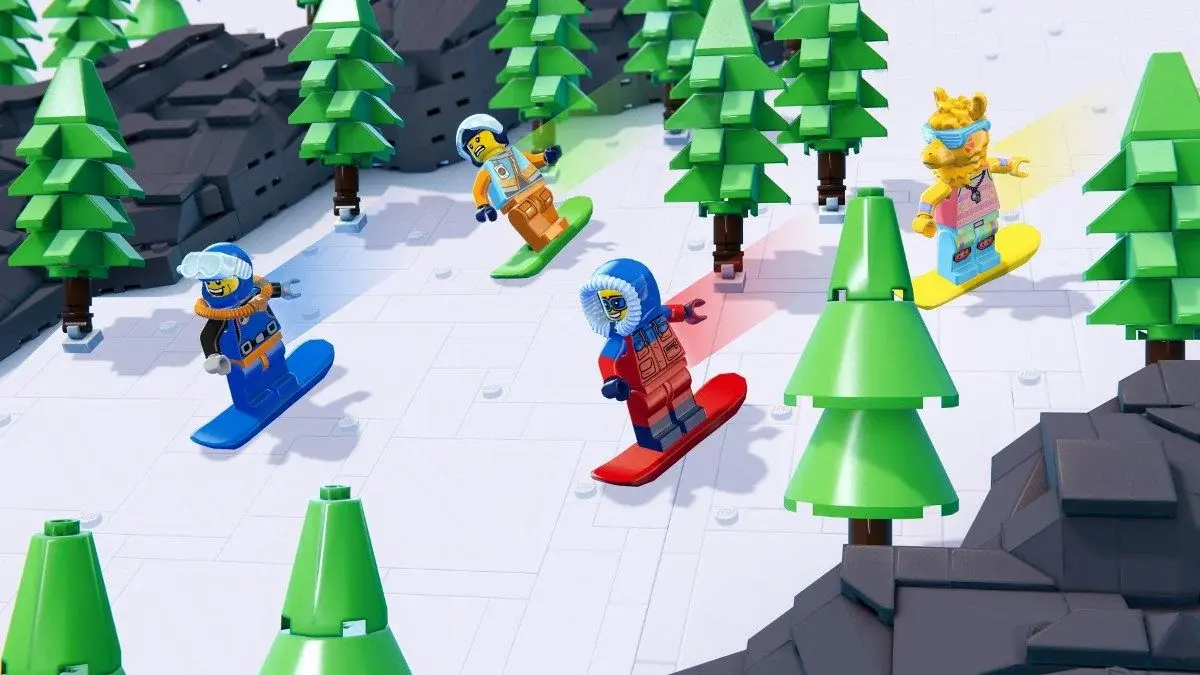
Weighing all this up, I’d wholly recommend LEGO Party to parents over Nintendo’s party game if you’re playing with four human-controller players — especially if the adults playing want to take it easy on the child or children they’re competing against. If you’re playing a local game with AI competitors, however, that won’t work as well. Even on easy difficulty, those computer-controlled characters can be guns.
One mini-game, in which you’re to memorise and then draw out a shape with your character, needs to be pixel perfect to award points; one little deviation, and you’re at the back of the pack. In a larger Challenge Zone game, the order of rolls in the next round is based upon last round’s mini-game placement, so if you lose, you’re likely going to continue to lose.
You’re also at the mercy of chance; if you happen to have zero power-ups to help with your rolls and manage to get a 1 or a 2 over subsequent rounds, you don’t really have a chance to compete. Even if, like me, you managed to do well in mini-games, a lack of movement on the board coupled with a high amount of studs just paints a target on your back for more mobile opponents.
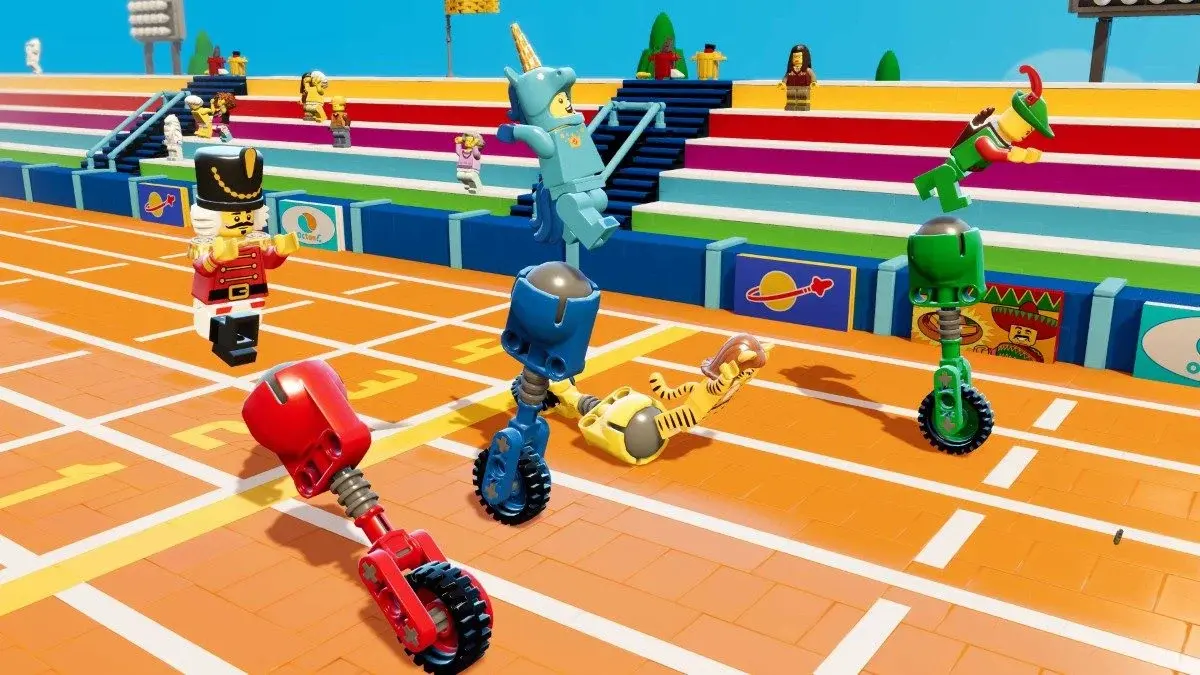
In the largest Challenge Zone, as an example, I watched helplessly as one character stayed within an inner square — using a triple to move 24 spaces — mopping up steals and Golden Bricks just because of the density of options within that area. It almost felt like a waste of an hour when they were through.
It also needs to be noted that if you don’t have time to play through an entire Challenge Zone, you can instead take part in mini-game only Rush mode, or look to make the leaderboard inside one of five mini-games in Score Chaser mode. Though, it’s a shame one of my least favourite mini-games features as part of Score Chasers’ five. I guess it means I can practice until perfect?
If I had to shine a spotlight on just one bit of LEGO Party, it would be its sense of humour. I was constantly laughing out loud at its hosts, who seemingly always know the best, funniest thing to say while, at the same time, never wearing out their welcome. LEGO Party‘s writing is equal parts ridiculous, slapstick, and adult without jeopardising younger players.
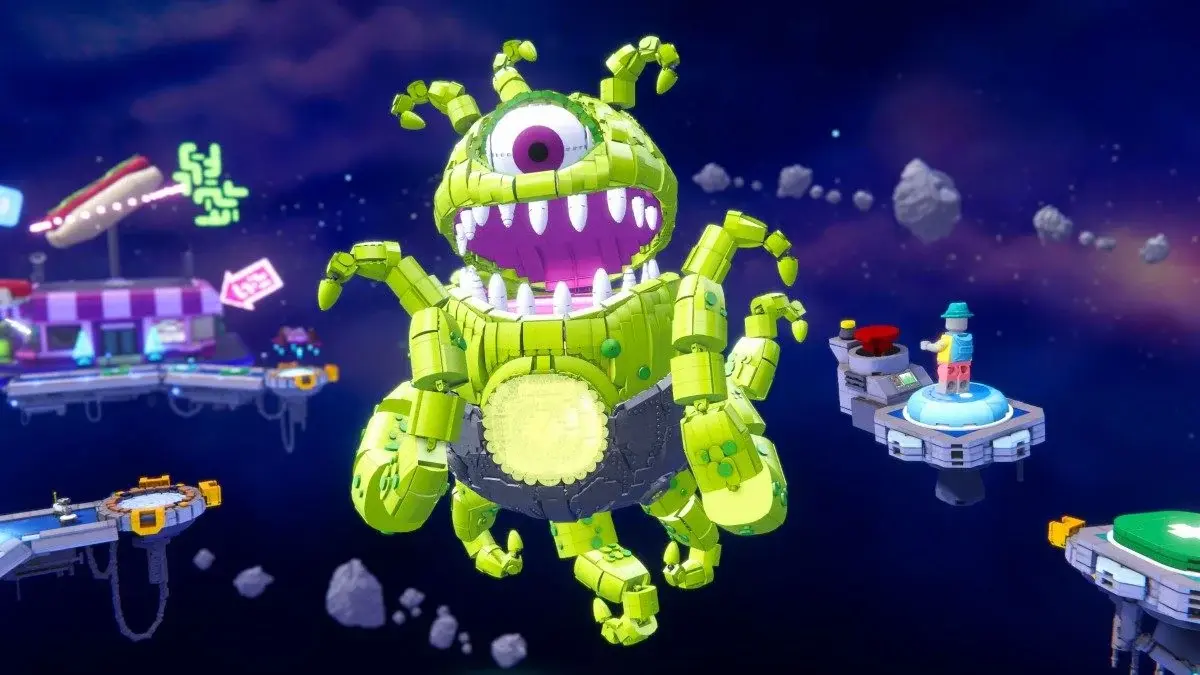
LEGO fans will also appreciate the attention to detail that Party provides; as we reported in our preview, every single item in the game is something that can actually be built with LEGO bricks. I’m sure fans will marvel at a gigantic green alien that presides over a Challenge Zone as you plan your moves to slay it… or, spare it.
All up, LEGO Party is a worthy contender to Mario Party; you’ll need to decide if its strengths and weaknesses appeal to you. With noticeable framerate drops during fly-throughs, even on PS5 Pro, I’m also a bit concerned about how this will actually play on a Switch.
LEGO Party heads to Windows PC via Steam, Xbox One, Xbox Series S, Xbox Series X, PS4, PS5, and Switch from 1 October here in Australia.
LEGO Party was reviewed using a promotional code on PS5, as provided by the publisher. Click here to learn more about Stevivor’s scoring scale.
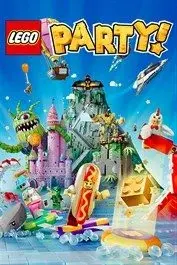 |
LEGO Party!1 October 2025PC PS4 PS5 Switch Xbox One Xbox Series S & X
|
Disclosure: Stevivor editor Stuart Gollan is a former employee of SMG Studio and worked on LEGO Party as a senior producer; as such, he has not contributed in any way to coverage of this game, the studio, or its titles.
This article may contain affiliate links, meaning we could earn a small commission if you click-through and make a purchase. Stevivor is an independent outlet and our journalism is in no way influenced by any advertiser or commercial initiative.

